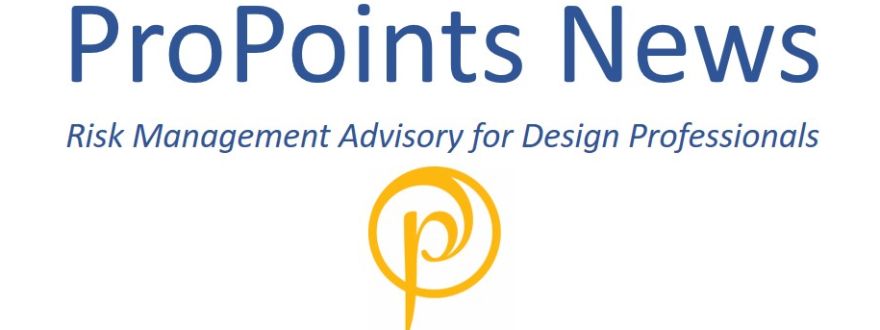
By David A. Ericksen, Attorney at Law, Collins + Collins LLP
On behalf of a/e ProNet
Water, rain, cold, wind, and more are constantly challenging and threatening our built environment. The recent Pennsylvania bridge collapse is just one more reminder.
The frequency of such events seems to be accelerating with no clear sign for relief. When those events happen, design professionals will be among the first contacted and among the first responders on the scene with requests for evaluation of causes and remedies. For a/e ProNet and its members, these events have provoked numerous inquiries what should any design professional do in the event of such a tragedy. The following is a five-step plan for consideration by any design professional individual or firm before, during, and after such an event where it is your client, your project, or even just your community.
- Prepare. For any crisis, there should be a pre-established set of crisis contacts inside and outside the firm. That contact group should be notified and consulted immediately and should include:
- Management with a core management group to be contacted and they should have standing contacts for the other communications.
- Counsel to establish confidentiality and privilege around the communications as well as to provide their own critical counsel and support.
- Insurance to trigger and coordinate potential coverage as well as to take advantage of resources and advice.
- Information Control.
- Internal. All in the firm should be notified immediately, assured the firm is responding and investigating, and directed not to discuss the event or project internally or externally except as requested or directed by management.
- External. A single point of contact should be identified for all outside communications or inquiries with a corresponding internal direction to direct all contacts or questions to that point of contact.
- Client Contact. Reach out to the client to establish communication. In doing so, seek to be a supportive listener. Avoid analysis, apologies, and admissions in favor of offers to support and investigate.
- Reconnaissance.
- Identify, locate, and contact present and past staff and design team members involved in the project.
- Secure the applicable project records in electronic or hard copy format with particular focus on contracts, final invoices, and final plans and specifications as well as any as-built records.
- If feasible without impairing safety or recovery efforts, promptly visit the site to observe and document the conditions.
- Evaluate. With the foregoing in hand and in collaboration with the team identified above, evaluate the situation and plan the next steps. As a guide to such evaluation, consider the acronym IROPE for Issue-identification, Review, Options, Plan, and Execute.
This information is provided as a service of a/e ProNet, an international association of independent insurance brokers dedicated to serving the design profession since 1988. We are dedicated to representing the best interests of our design clients as a trusted and impartial source of information on professional liability insurance, risk management, loss prevention and continuing education. Please visit our website aepronet.org for additional information.






